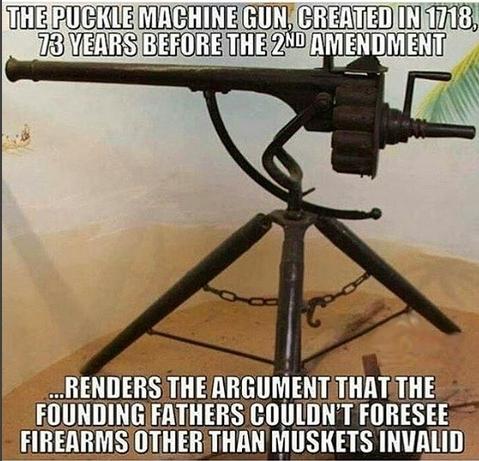ThunderKiss1965
Platinum Member
- Dec 17, 2015
- 13,615
- 6,899
I've fired everything form the lowest caliber revolver up to and including heavy machine guns. You do not know what the fuck your talking about. At this point I have to wonder if you are really that ignorant of firearms or your just trolling.Come on Man, read the story.. M-16... you know darn well the AR-15 is an Assault Rifle and has no business in the hands of civilians.
Turn your weapons of war in.
You morons calling for bans should be the ones stacking up to take them, because I guarantee the Law Enforcement from where I live would tell the Feds to go fuck themselves.
The Constitution and the 2nd Amendment means something to the people in my area. You loons my be willing to give up your rights but I took an oath that I still live by and cherish even though I have been out of the Army for 17 years.

